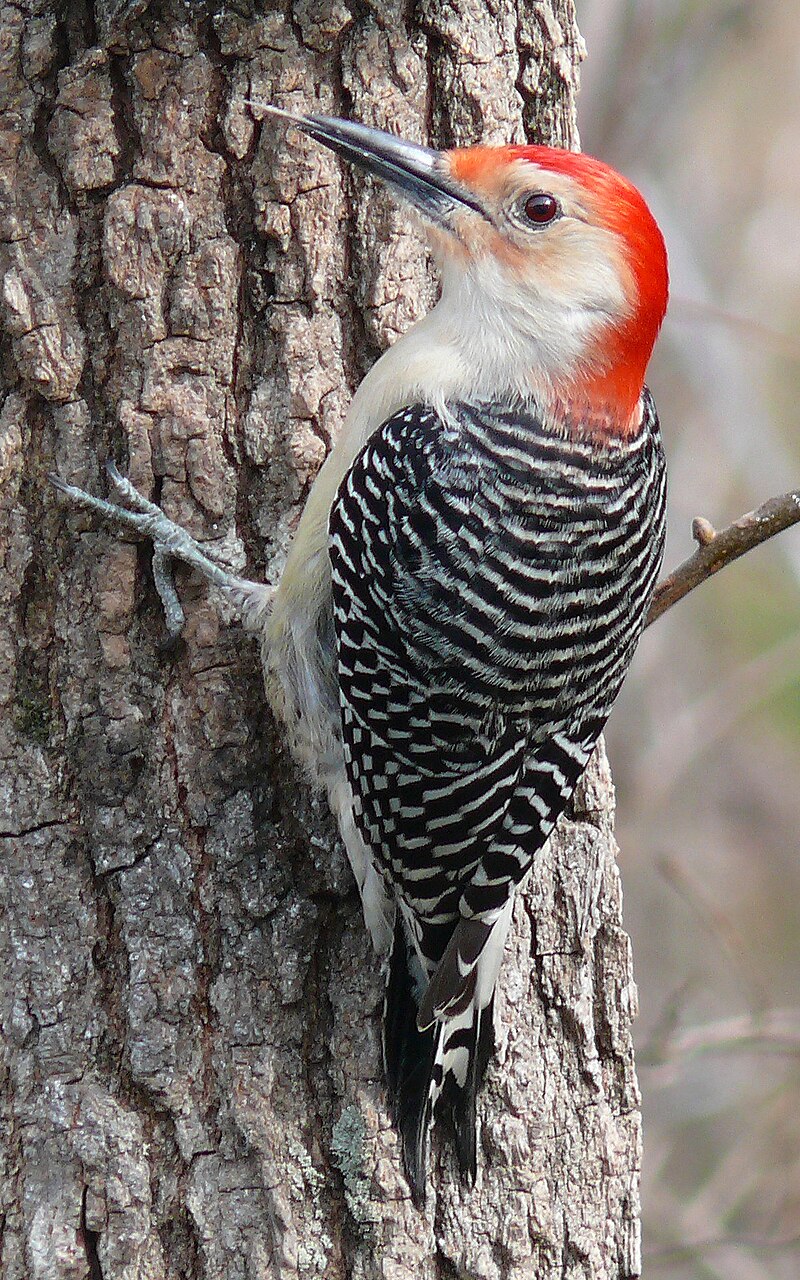Observing Woodpeckers in Florida: Species Variety and Circulation
Observing Woodpeckers in Florida: Species Variety and Circulation
Blog Article
Unveiling the Tricks of Woodpeckers: Habits, Environment, and A Lot More
Woodpeckers, with their special habits and specialized adjustments, have actually lengthy captivated researchers and nature lovers alike. By revealing the enigmas bordering woodpeckers' habits and habitat options, a much deeper understanding of these bird marvels emerges, supplying a glimpse into their interesting world.
Woodpecker Actions Insights
In taking a look at woodpecker habits, an interesting display of specialized abilities and adjustments emerges, losing light on their remarkable environmental specific niche. Woodpeckers, understood for their distinctive drumming on trees, possess a selection of behavior qualities that add to their survival and success in their environment.
Additionally, woodpeckers exhibit a special feeding behavior defined by their ability to remove bugs from tree bark using their specialized beaks. Their long, barbed tongues help in catching prey, while their strong neck muscular tissues give stability and accuracy during pecking movements. This feeding method permits woodpeckers to accessibility hidden insect larvae and extract them with remarkable performance.
Environment Preferences and Option
What variables influence the habitat choices and option of woodpeckers? Woodpeckers are highly versatile birds recognized to live in different atmospheres worldwide. They do show preferences for particular environment characteristics. One important variable influencing woodpecker environment choice is the availability of suitable nesting websites. Woodpeckers generally prefer woodlands with a mix of mature trees that supply enough possibilities for tooth cavity excavation. These dental caries act as crucial nesting and roosting websites for woodpeckers and are necessary for their reproducing success.
In addition, woodpeckers reveal a choice for environments with a plentiful supply of food resources. They are mostly insectivorous, preying on beetles, ants, larvae, and various other insects located in rotting wood or tree bark. Woodpeckers tend to favor wooded areas with a diverse insect population to fulfill their dietary needs.
Additionally, the existence of dead or rotting trees is one more vital factor in woodpecker habitat choice. These trees not just supply food sources but additionally offer suitable substrate for dental caries excavation. Dead trees are crucial for the maintenance of healthy and balanced woodpecker populations, as they play an essential role in the woodpeckers' life cycle and community characteristics.
Feeding Behaviors and Diet Plan Make-up
Woodpeckers demonstrate a specialized feeding actions focused on foraging for bugs within different environments. In enhancement to pests, woodpeckers also take in tree sap, fruits, nuts, and seeds, adding variety to their diet plan depending on the season and availability of food sources.
The foraging methods of here woodpeckers are well-adapted to their arboreal way of life (Woodpeckers in Florida). Their capability to excavate timber not only offers them with food however also aids in developing nesting tooth cavities and establishing territories. Woodpeckers play a vital function in preserving the health and wellness of woodlands by regulating insect populations and helping in the disintegration of wood. Comprehending their feeding habits and diet plan structure is necessary for preservation initiatives intended at preserving these special and valuable birds.
Drumming Seems and Communication
Utilizing quick drumming sounds on different surfaces, woodpeckers use a distinct type of interaction to signal area borders and attract friends. This drumming actions is not only a means of interaction however likewise acts as a means for woodpeckers to develop their presence within a particular area. The strength, speed, and pattern of the drumming can share important info to various other woodpeckers in the area.
Woodpeckers utilize drumming sounds to reveal their existence in an area and to caution off potential intruders. The loud and repetitive nature of the drumming serves as a clear signal to other woodpeckers that the find out area is already declared. This helps in lowering problems and decreasing physical fights between people.
:max_bytes(150000):strip_icc()/GettyImages-1094628502-a831e9c1be004c05b057f488ff819127.jpg)
Survival Adaptations and Specialized Makeup

Final Thought
To conclude, woodpeckers display one-of-a-kind behaviors, such as drumming audios for interaction, and have specialized anatomy for survival in their picked habitats. Their feeding routines and diet plan composition even more demonstrate their versatility to numerous atmospheres. By comprehending these elements of woodpeckers, scientists and conservationists can much better shield and preserve these remarkable birds and their communities.
Report this page